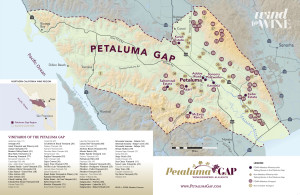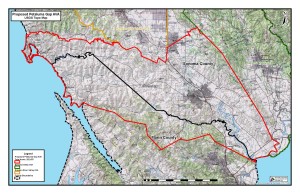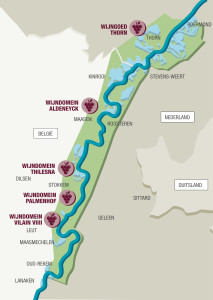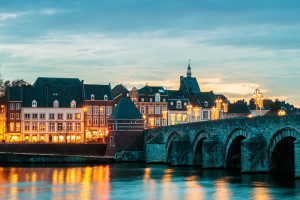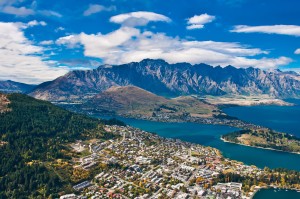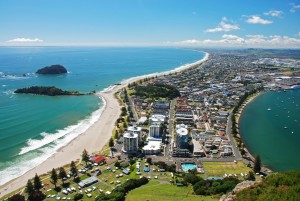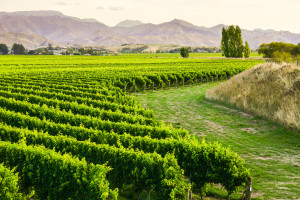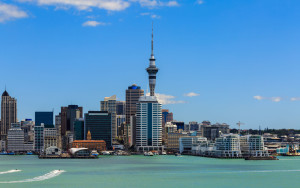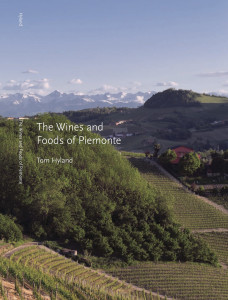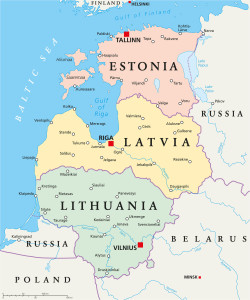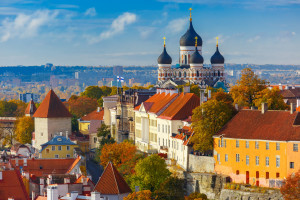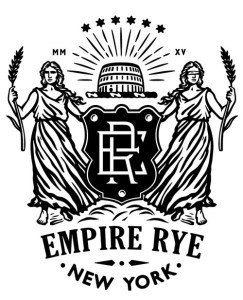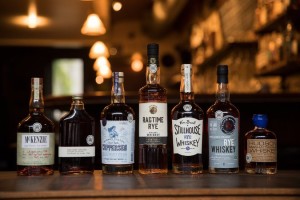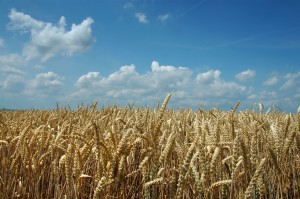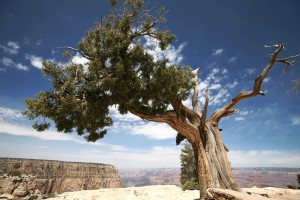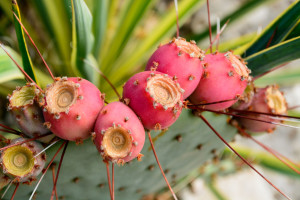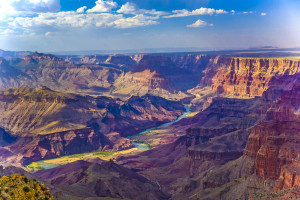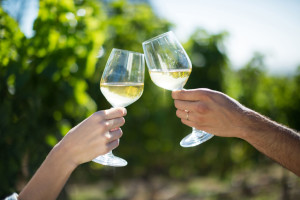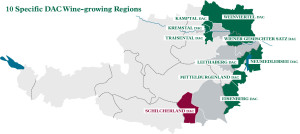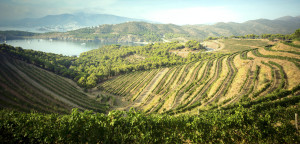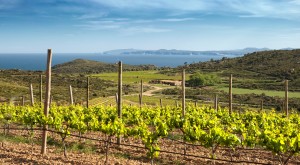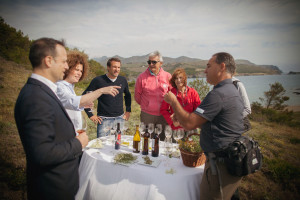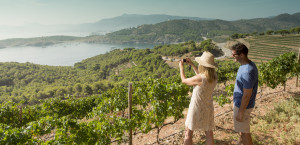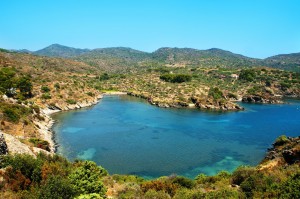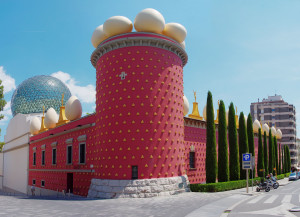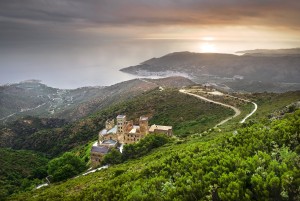Welcome to the World, Petaluma Gap AVA!
The Alcohol and Tobacco Tax and Trade Bureau (TTB) of the United States has—just today—approved the first new American Viticultural Area (AVA) in over a year, and it is…the Petaluma Gap AVA!
Along with the approval of the new AVA—located in California’s Sonoma and Marin Counties—the southern boundary of the North Coast AVA is being expanded to include the northern portions of Marin County. The Petaluma Gap AVA overlaps a portion of the Sonoma Coast AVA and will be considered a sub-appellation of the newly re-outlined North Coast AVA.
The petition for the Petaluma Gap AVA was submitted by the Petaluma Gap Winegrowers Alliance in February of 2015. According to the petition, the unique factors of the area include the following:
- The Petaluma Gap itself: A geological feature known as a “wind gap,” the Petaluma gap is actually a 15-mile-wide area of low-lying hills that create something of an opening in the otherwise much taller Coast Mountains. This area stretches from the Pacific Ocean, eastward to the bucolic Sonoma town of Petaluma, and then straight on through to San Pablo Bay. The effect on the area is as follows: as the inland areas heat up during the day, the heat causes the warm air to rise, and the cool air off the Pacific Ocean is pulled up into the gap. The wind gains speed as it travels, and eventually empties into the bay.
- The Wind: Late afternoon wind speed within the Petaluma Gap is typically 8 miles per hour, and it is often clocked in at over 20 mph. In contrast, winds in the surrounding areas rarely get above 2 or 3 miles per hour.
- The Climate: Mornings are cool and typically foggy. Late mornings and early afternoons are increasingly warm after the fog burns off. However, the breezes typically begin by mid-afternoon, cooling things down and bringing in the evening fog. The diurnal temperature range can be forty to fifty degrees (F).
- The Grapes: The almost-daily winds tend to help reduce yield in the vines, creating late-ripening, small-berried fruit with intense flavors and good acidity.
An announcement regarding the establishment of the Petaluma Gap AVA was published in the Federal Register on December, 7, 2017; this final rule will be effective on January 8, 2018. The area within the new AVA totals 202,476 acres. There are currently over 80 winegrowers, 4,000 acres of vines, and 9 wineries located within the boundaries of the new region. The area is planted mainly to Pinot Noir along with Chardonnay and Syrah. Click here for a list of wineries located within the region, as well as those that produce wine using Petaluma Gap fruit.
We look forward to tasting these wines—and welcome to the world, Petaluma Gap AVA!
Note: Before today, the last AVA to be approved in the United States was the Appalachian High Country AVA (encompassing parts of North Carolina, Virginia, and Tennessee) in October of 2016. With the change in the Executive Branch that occurred earlier this year, several key posts at the Department of the Treasury were left vacant, including several whose signatures are required for new AVA rulings. However, in recent weeks these positions have been filled (including Brent James McIntosh, General Counsel and David Kautte, Assistant Secretary for Tax Policy). It seems that the business of approving AVAs is back on!
References/for more information:
